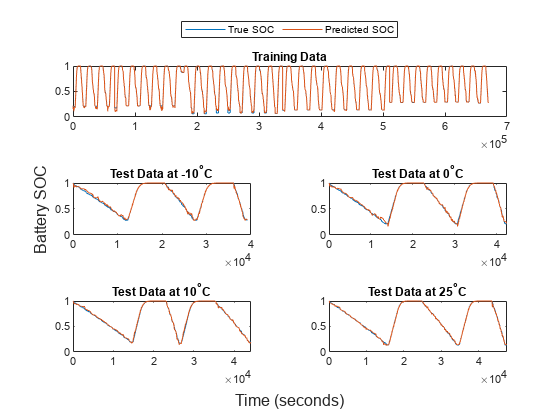Gaussian Process Regression
Gaussian process regression (GPR) models are nonparametric, kernel-based
probabilistic models. To train a GPR model interactively, use the Regression Learner app. For greater
flexibility, train a GPR model using the fitrgp function at the command
line. After training, you can predict responses for new data by passing the
model and the new predictor data to the predict object function.
Apps
| Regression Learner | Train regression models to predict data using supervised machine learning |
Blocks
| RegressionGP Predict | Predict responses using Gaussian process (GP) regression model (Since R2022a) |
Functions
Objects
RegressionGP | Gaussian process regression model |
CompactRegressionGP | Compact Gaussian process regression model class |
RegressionPartitionedGP | Cross-validated Gaussian process regression (GPR) model (Since R2022b) |
Topics
- Gaussian Process Regression Models
Gaussian process regression (GPR) models are nonparametric kernel-based probabilistic models.
- Kernel (Covariance) Function Options
In Gaussian processes, the covariance function expresses the expectation that points with similar predictor values will have similar response values.
- Exact GPR Method
Learn the parameter estimation and prediction in exact GPR method.
- Subset of Data Approximation for GPR Models
With large data sets, the subset of data approximation method can greatly reduce the time required to train a Gaussian process regression model.
- Subset of Regressors Approximation for GPR Models
The subset of regressors approximation method replaces the exact kernel function by an approximation.
- Fully Independent Conditional Approximation for GPR Models
The fully independent conditional (FIC) approximation is a way of systematically approximating the true GPR kernel function in a way that avoids the predictive variance problem of the SR approximation while still maintaining a valid Gaussian process.
- Block Coordinate Descent Approximation for GPR Models
Block coordinate descent approximation is another approximation method used to reduce computation time with large data sets.
- Predict Responses Using RegressionGP Predict Block
Train a Gaussian process (GP) regression model, and then use the RegressionGP Predict block for response prediction.

